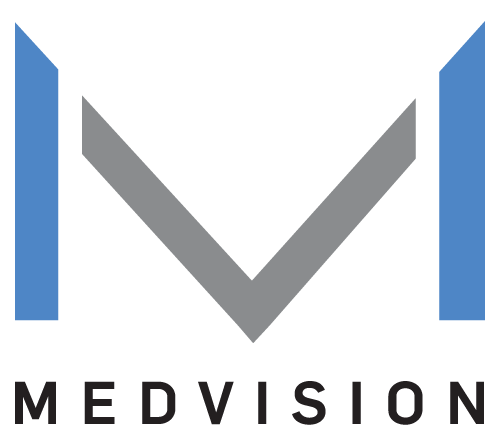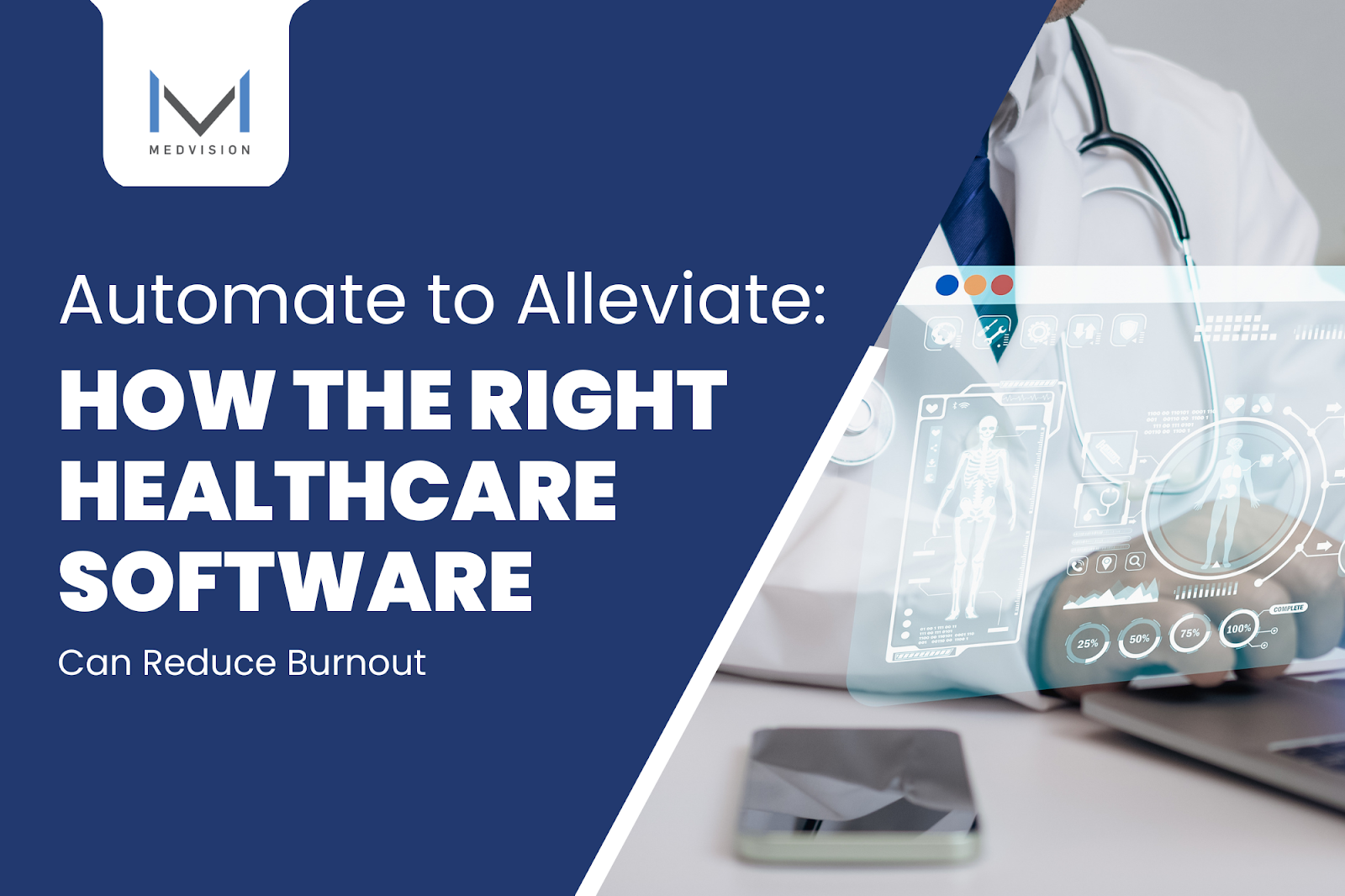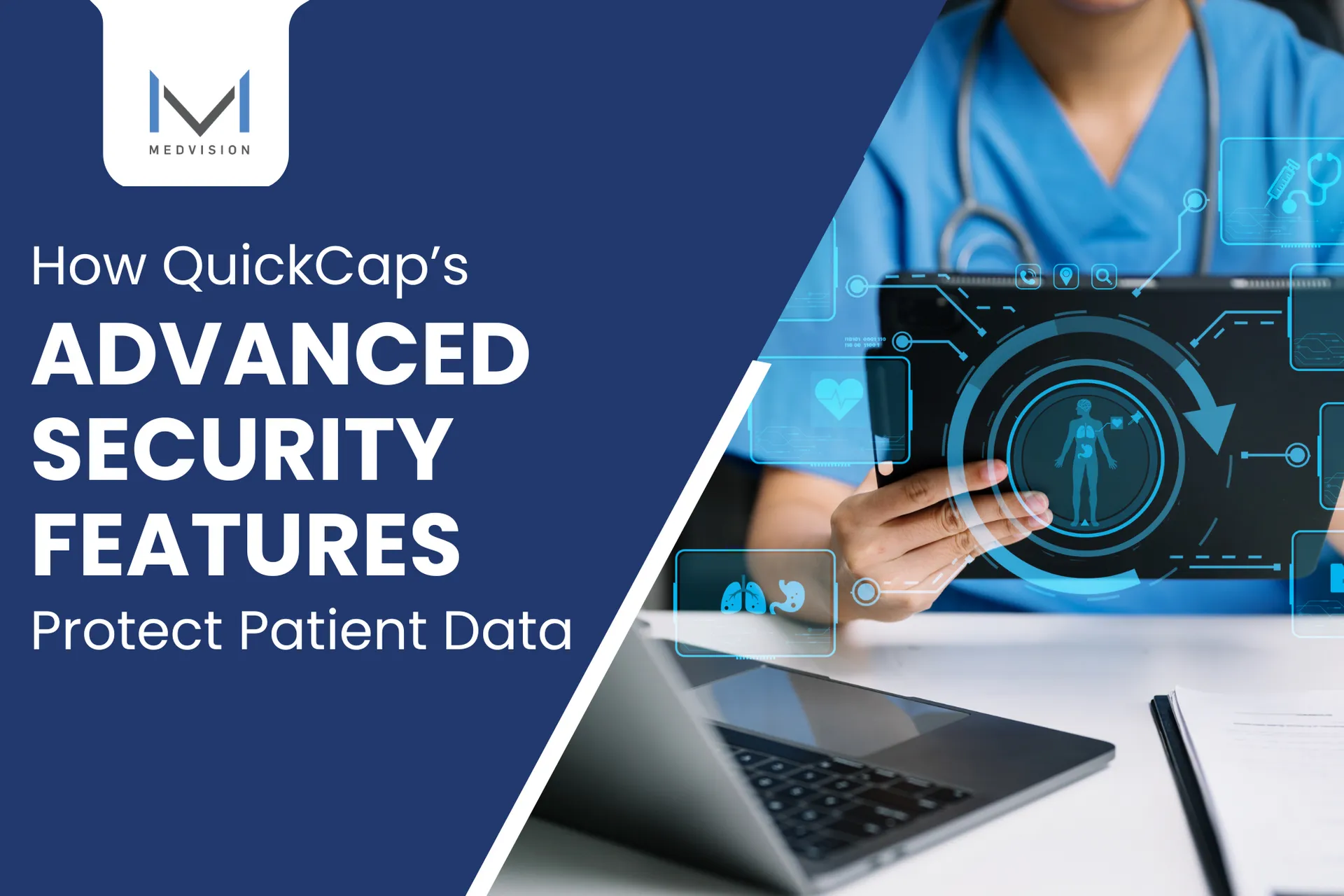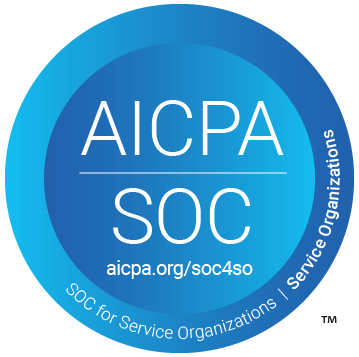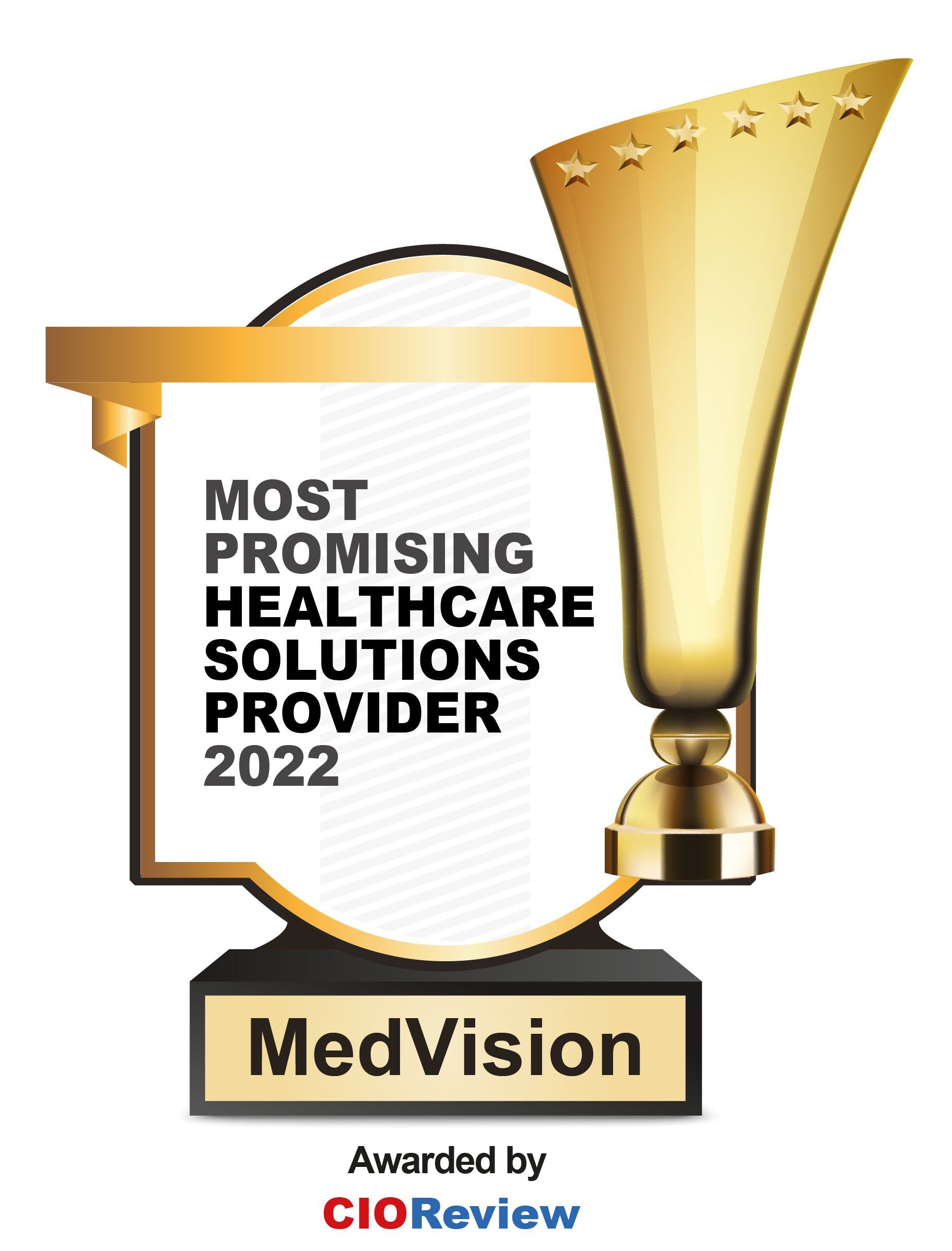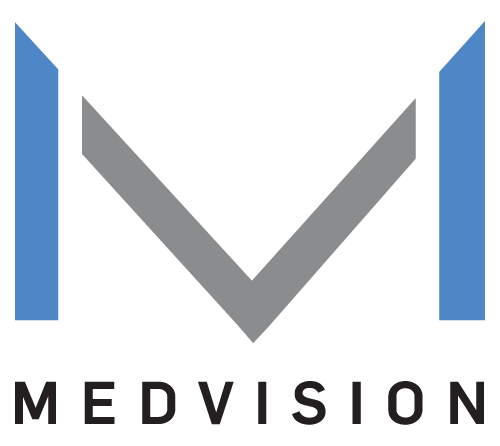Understanding Your Options: Self-Insured vs. Fully Insured Plans
As healthcare costs continue to rise, businesses are constantly searching for ways to reduce expenses while providing quality healthcare coverage to their employees. One popular option is to choose between self-insured vs. fully insured plans. While both options offer insurance coverage, they differ in delivery and management.
While one allows for greater flexibility and cost control, the other provides a more structured approach to healthcare coverage. Understanding the differences between these options can significantly impact a business's bottom line and the quality of healthcare they can provide for their employees.

The Difference Between Self-Insured vs. Fully Insured Plans
A self-insured plan, also known as a self-funded plan, is when the employer assumes the financial risk of providing healthcare benefits to its employees. Instead of paying a fixed premium to an insurance company, the employer allocates funds to pay for healthcare expenses.
Here, the employer assumes all the financial risk. They are responsible for paying all employee claims. With this, self-insured plans offer
more flexibility
for employers, as they can customize their benefits and manage the plan's administration.
Read More: Do Carved-Out Specialty Plans Contradict Value-Based Care?
Meanwhile, a fully insured plan is a traditional health insurance plan where the employer pays a premium to an insurance company in exchange for healthcare coverage for its employees. The insurance company assumes the possible financial liabilities of paying for healthcare expenses and sets the terms and conditions of the plan, including the network of healthcare providers and the benefits offered.
This arrangement significantly benefits employers because they can expect a predictable cost for healthcare coverage. Typically, the fixed premium for this type of plan is based on the number of enrolled employees and the level of provided benefits.
Choosing a Healthcare Plan For Your Business
Choosing between a self-insured and fully insured plan depends on several factors, including the size of the company, the level of risk one is willing to assume, and the budget for healthcare coverage.
Self-insured plans may be more suitable for larger companies with stable financial reserves, while smaller companies may prefer fully insured plans with predictable costs.
This pairing may be the ideal arrangement for businesses, yet some shifts in
insurance trends tell us otherwise. Companies also consider the
extent of customization they are willing to prioritize in their preferred healthcare coverage.
While self-insured plans offer more control over healthcare benefits, they may carry more financial stakes. Fully insured plans provide pre-estimated pricing but with less flexibility and control over the benefits provided.
Both self-insured and fully insured plans have their advantages and disadvantages. The decision on which plan to choose depends on a company's unique needs.
Read More:
Double Down on the Best Data Analytics For Health Plans

Embrace Digital Health Plan Management with Trusted Partners
Navigating the complex terms of self-insured vs. fully insured health plans can be complicated, but insurance companies and third-party administrators (TPAs) that embrace digital health plan management can help mitigate those risks.
By leveraging dynamic healthcare technologies, these organizations offer a data-driven approach to managing health plans, enabling companies to adopt cost-saving benefits and proactively address health and financial concerns. Trusting in such partners ensures a smoother and more secure path to better health coverage for everyone.
Trusted by esteemed healthcare organizations,
QuickCap 7 is an all-in-one digital healthcare solution that provides comprehensive health plan data analytics. This enables organizations to extract actionable reports, use configurable dashboards, and customize system settings to deliver better patient outcomes. Discover the future of healthcare management through digitally-enabled workflows.
Learn More About How Quick Cap Optimizes Healthcare
References:
- McDonnell, Patricia, Abbie Guttenberg, Leonard Greenberg, and III Ross H. Arnett. “Self-Insured Health Plans.” PubMed Central (PMC), n.d. https://www.ncbi.nlm.nih.gov/pmc/articles/PMC4191537/.
- NH Health Cost. “Fully Insured (FI),” July 9, 2021. https://nhhealthcost.nh.gov/employer-resources/employer-funding-mechanisms-manual/fully-insured-fi.
- Self-insured plan - Glossary | HealthCare.gov. “Self-Insured Plan - Glossary | HealthCare.Gov,” n.d. https://www.healthcare.gov/glossary/self-insured-plan/.
- Yee, Tracy , Jon B. Christianson , and Paul Ginsburg. “Small Employers and Self-Insured Health Benefits: Too Small to Succeed?” Center for Studying Health System Change, no. 138 (July 2012).
Recently published articles
Keep in touch
Subscribe to get the latest update
Trending topics
Share your insights on social media
Upcoming events and company news

